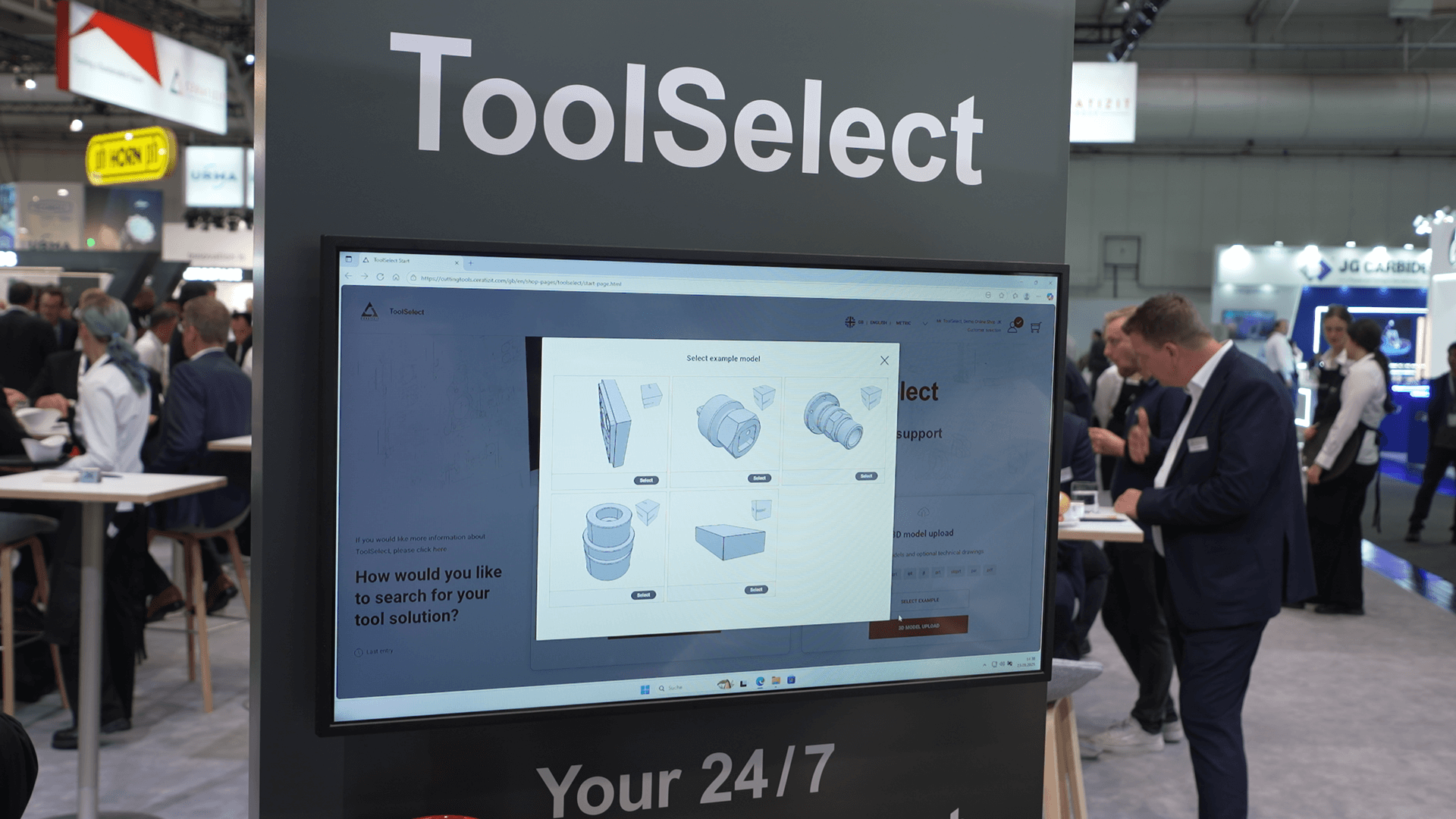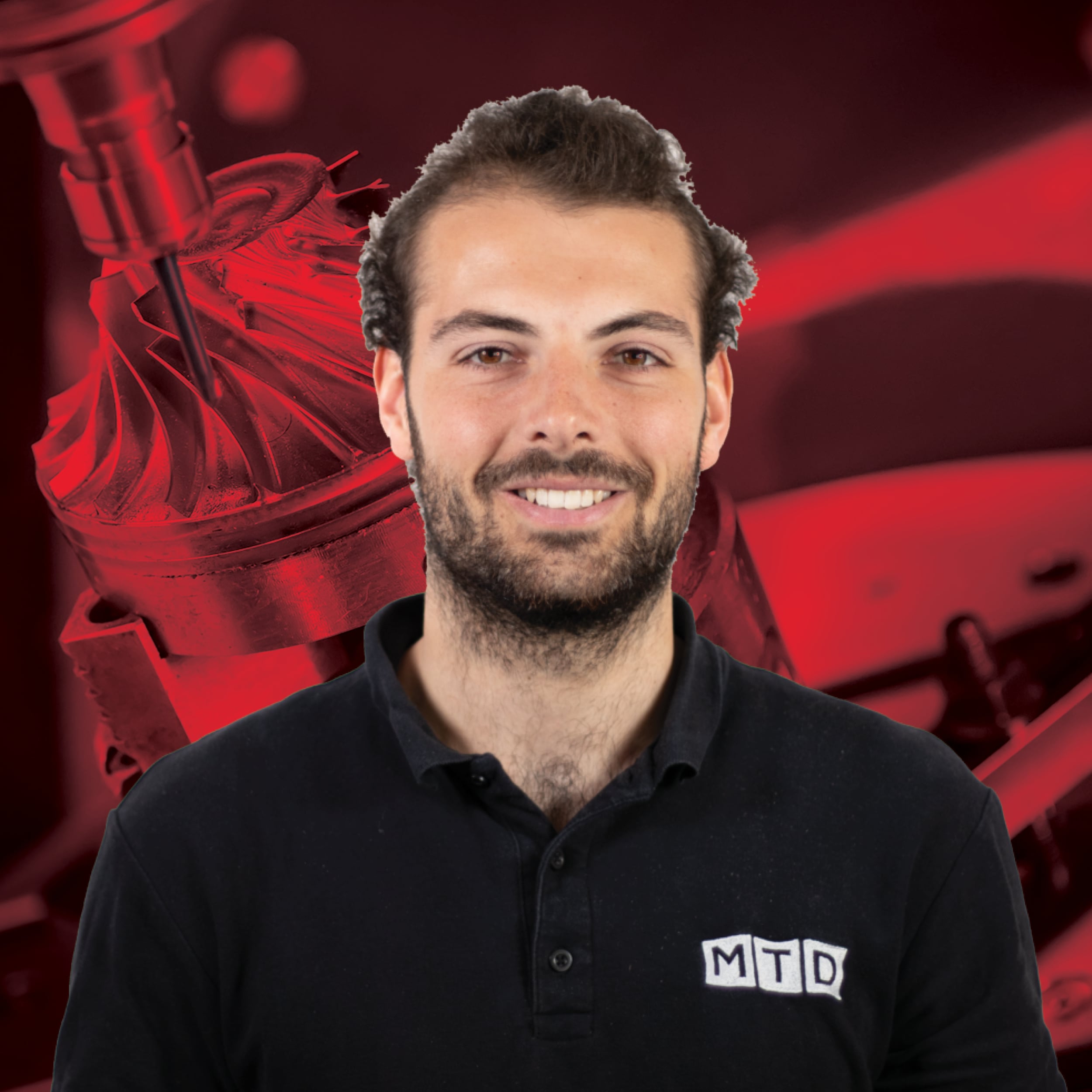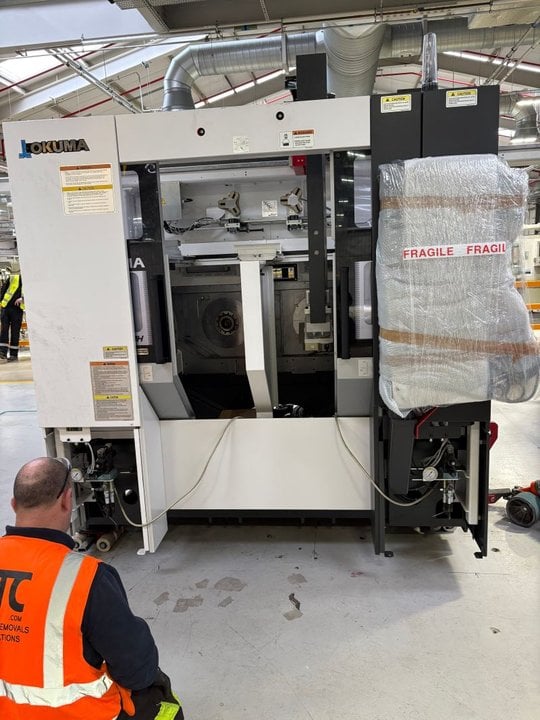
Niles-Simmons cranks up shaft machining
In the automotive industry the most important driving forces are sustainability, resource conservation and efficiency. These trends drive manufacturers to find new concepts for existing production components. To meet market requirements, NILES-SIMMONS has developed the new ‘hard milling’ technology for hardened crankshafts for truck, construction machinery and agricultural engines.
This technology substitutes grinding when machining large crankshafts by implementing an efficient milling process. In turn, pre-grinding that was previously required for machining crankshafts after hardening is removed to minimise finishing.
The process is adapted for the machining of 4, 5, 6 and 8 cylinder-crankshafts with a maximum length of up to 1350mm and a maximum flying circle of up to 310mm. It is available on both the N20CM and N30CM NILES-SIMMONS machining centres.
These special purpose machines belong to the NILES-SIMMONS crank milling (CM) Series, equipped with a distance between centres of up to 2m with a maximum diameter up to 780mm. This allows the machines to carry out highly reliable dry-milling at extremely high-production levels. Thanks to the flexible automation options, the machines run with minimal operator intervention.
 For the implementation of the specific ‘hard milling’ process as a closed process, the machines are equipped with main and counter spindles with a maximum turning moment of 930Nm (100%) as well as two milling units with a maximum turning moment of 3350Nm (S1-100%) on each spindle.
For the implementation of the specific ‘hard milling’ process as a closed process, the machines are equipped with main and counter spindles with a maximum turning moment of 930Nm (100%) as well as two milling units with a maximum turning moment of 3350Nm (S1-100%) on each spindle.
The milling tools used are supplied by ‘Ingersoll Werkzeuge GmbH’ with tool diameters up to 800mm and a cutting width up to 95mm. Equipped with ceramic inserts, the milling process of the main and pin bearings run with a radial cutting depth of up to 0.5mm at hardness up to 59HRc. With cutting speeds of between 250 and 275m/min and a feed rate of between 0.23 to 0.35mm, the tool construction is possible both in monobloc and cartridge-design.
For part clamping, compensating milling jaw chucks are used on the main and counter spindles. The power-operated lever chucks with a diameter of 320mm, have a sensitive adjustment of less than 20µm on the clamping diameter. This allows a highly efficient hardening distortion compensation.
The machines also have an integrated touch probe for exact workpiece positioning. With that, diameter-accuracies of 25µm, roundness-accuracies of 10µm and positional accuracies of less than 0.1mm on the pin bearings are accomplished.
 Programming is undertaken by specially developed crank milling software that provides completely independent programming for machining the main and pin bearings, centric elements as well as cheeks and cheek contours. The operator can easily implement necessary corrections through corresponding input fields and import form correction tables directly from the measuring machine. By doing so, programming is simplified.
Programming is undertaken by specially developed crank milling software that provides completely independent programming for machining the main and pin bearings, centric elements as well as cheeks and cheek contours. The operator can easily implement necessary corrections through corresponding input fields and import form correction tables directly from the measuring machine. By doing so, programming is simplified.
The process runs entirely dry, making it more sustainable than grinding whilst cutting running costs significantly.
With the new hard milling technology, finish grinding can typically decrease by up to 75%. The investment costs for the number of machines decreases by up to 50% and integration and adaptation of the new process into existing production lines is easily possible with process-reliable cycle times of just six minutes possible.
















